|
by Willow Enright When I first started doing leather work I didn’t know anything about leather, leatherworking, or the tools needed to actually work with leather. I simply had a desire to create an amazingly epic cosplay. That desire lead me to many hours of researching screen shots that I could use for referencing the costume I wanted to imitate. Trying to figure out which leather to use or what tools would get the job done was even more hard work, and led to many failed attempts. I would like to help you avoid the same pit-falls that I came across by covering a few of the basics for working with leather. The tools you will need can greatly depend on the cosplay you are creating. My first leatherworking project didn’t involve any fancy tooling design, but focused on the shape of the pattern to match the T.V. screen shots and the hardware needed to really bring the details to the piece. I used a ruler, wooden mallet, double capped rivets with rivet setter, a cutting board, both flat and Philips head screwdrivers and scissors. My rivets looked like junk and wouldn’t stay together that well, my design around the boarder made with the screw driver didn’t really stand out much, and the leather I chose was a bit too thin for armor and wasn’t going to hold up to the strain being put on it for long. However, the cosplay turned out well enough that people were wowed despite my disappointments, and through their reactions I was convinced to try again which led to one of the greatest pieces I’ve made to date. (link to Mord-Sith Blog) Leather Cosplay Tool KitI’ve put together a list of tools that I think would be helpful for the cosplayer or beginner leather worker.
Having many tools for various purposes will be the most helpful for leather working, but you can really do quite a lot with the list of tools I’ve put together. I recommend that you first figure out what costume you want to incorporate leather into. Then you can decide on the tools that will work for that project, and the ones you won’t need can wait until you do need them. This way you can build your tools up slowly and don’t kill your pocketbook. There are several different sizes of hollow hole punches and you will need at least three for the basic fasteners. Hole Punch #2 (Rivets) #4 (Snaps) #6 (Grommets) You can buy a set of six of these punches at Home Depot for $28, or even less if you shop around online. The Swivel Knife is great for cutting round or curved edges, or for making detailed cuts into the leather, and can be purchased for $18. You can also use it to cut thick leather. Scissors can be used on leathers 6oz and less, or for trimming edges on thicker leather. I recommend the Rawhide Mallet over the wood because it will give you cleaner rivets, but some people prefer the poly head mallets. You basically want something heavier like a hammer, but not a hammer because that will damage your tools, this will run you around $15. When you want to fasten something permanently then riveting is the way to go. Having a rivet setter will make sure you don’t squish down the dome cap of your rivet. You need an anvil for the base of the rivet and the setter for the cap on top. Using them together helps to shape the rivet so that the two pieces will meld together to hold fast. You’ll want to choose your rivet sizes based on the thickness of the leathers you will be working with. You can choose to use multiple different thicknesses which will require a variety of sizes, or you can stick to one thickness and one rivet or two rivet sizes. Again, this will depend greatly on your project. A rivet setter can cost $10. If you want to be able to interchange an aspect or fasten or remove something quickly then snaps are super helpful. Setting them requires a snap setter and the same anvil for the rivets. Plus, you want to use a circular pounding technique when you are putting snaps together. That creates the lip on the stem which will be curled over the bed of the snap, and locking the two pieces together. Similar to the rivet and grommet setters, snaps have their own setters and anvil for holding the cap based on the size. There are grommet setter sets if you prefer to have multiple sizes available, but choosing one to start with is workable. Remember to implore the circular pounding technique for setting snaps. Snap setters cost anywhere from $12-15. Grommets are very similar to rivets and come in different sizes and metals. Setting these requires the proper sized grommet setter to the grommet you are using, and the grommet anvil which is shaped different that the rivet anvil. It sort of resembles a donut. Variety can be the spice of life, and snaps can definitely add spice as well as practicality. There are different sizes but I prefer the line 24 or line 20 snaps. Having a metal straight edge ruler is helpful for all straight edges you might need to make, and an absolute must have. Also, being able to utilize a soft sewing measuring tape will make fitting patterns to yourself easier, and allows you to take measurements of yourself or round surfaces. 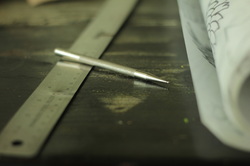 If you want to do any designs on your leather you will want a stylus and tracing film to make transferring your designs in detail to your leather easier as well. Plus, it allows you to keep that same design for quick future use. When googling stylus, make sure you type in "leather crafting stylus," otherwise you'll end up with a new stylus pen for your tablet. Leather stylus will cost somewhere near $10.  A sponge is useful for casing your leather or applying stains and paints. Having a spray bottle will let you soak your leather rather easily while you are working without having to move your leather around a lot. Rivets, buckles, and Chicago Screws are the staples of leather hardware. If you need leather pieces to come together these are the classic ways to make that magic happen.
Having a cutting board or poundo board for whatever surface you work on will not only keep you from putting holes into it, but it will also give you a better work surface and likely make the noise of your pounding less annoying to everyone else. If you can find a place that has chunks of left over granite marble from cutting counter tops you can find a piece for a good discount, or even for free. I have three of different sizes that I got for free. Having granite is best for setting rivets, snaps and grommets, but don’t do any of your hole punching on it or you will dull your tools fast. You can set your cutting board on it to punch the holes and then just remove the cutting board when setting things. I find having some decent office clips or twist ties can really help me bring together my patterns to make sure that they come together right. You can also use paper brads if you have them and your leather isn’t too thick. Having heavier duty clamps is good for heavier armor making or anything super thick. The Tandy 6 Piece Craftsman Tool Set were the only tools I had for doing detailed tooling for three years, and I put it to good use. You can do all sorts of basic designs with these, and if you have a swivel knife too, then you can do just about anything design wise. The one I use most is the square beveller. Stay tuned for part 2 of Building an Epic Leather Cosplay coming next week. I'll be covering the different kinds of leather, and the various uses for the different thicknesses of leather, plus a few useful techniques. Please feel free to contact me with any questions you may have.
2 Comments
9/3/2023 06:48:49 am
I wanted to express my gratitude for your insightful and engaging article. Your writing is clear and easy to follow, and I appreciated the way you presented your ideas in a thoughtful and organized manner. Your analysis was both thought-provoking and well-researched, and I enjoyed the real-life examples you used to illustrate your points. Your article has provided me with a fresh perspective on the subject matter and has inspired me to think more deeply about this topic.
Reply
9/3/2023 07:01:44 am
I wanted to express my gratitude for your insightful and engaging article. Your writing is clear and easy to follow, and I appreciated the way you presented your ideas in a thoughtful and organized manner. Your analysis was both thought-provoking and well-researched, and I enjoyed the real-life examples you used to illustrate your points. Your article has provided me with a fresh perspective on the subject matter and has inspired me to think more deeply about this topic.
Reply
Leave a Reply. |
Willow EnrightI started crafting out of leather in 2011, and now I am making it my life's work. I am writing this blog to help myself remember some of the small steps in past projects, sharing my triumphs and failures, as well as my love of leather. Archives
November 2017
Categories
All
|
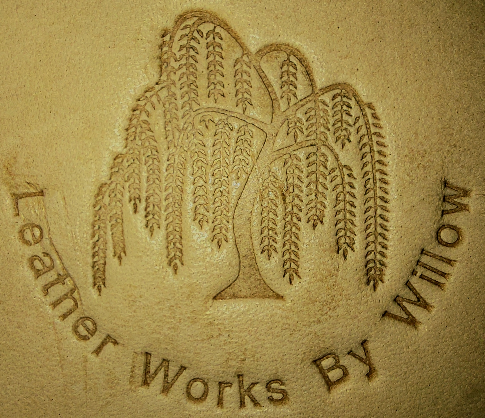
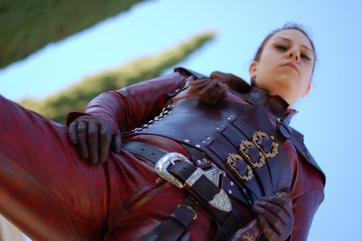
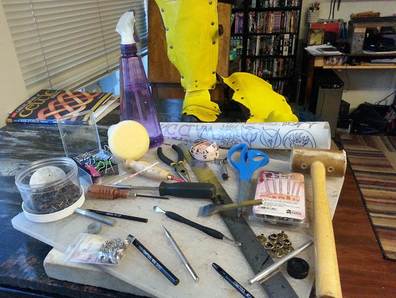
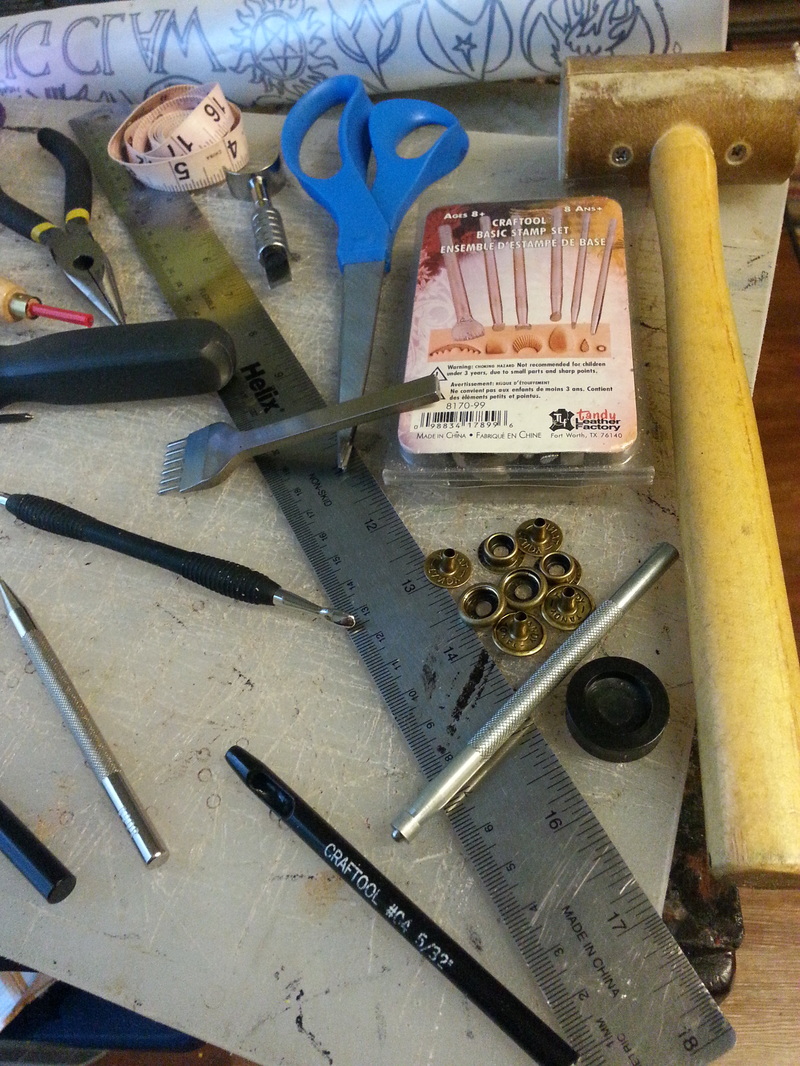

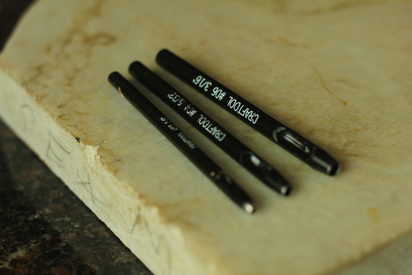
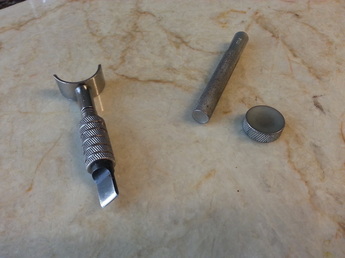
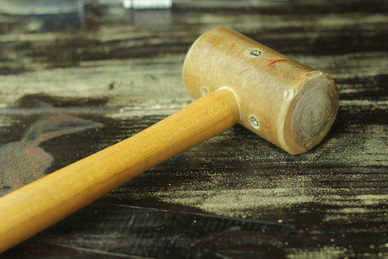
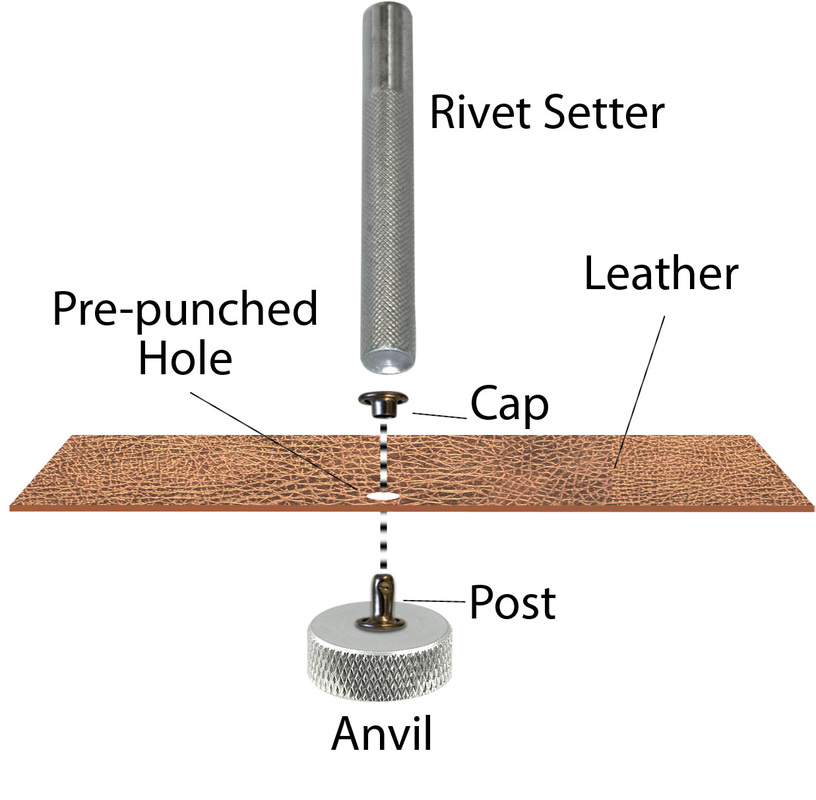


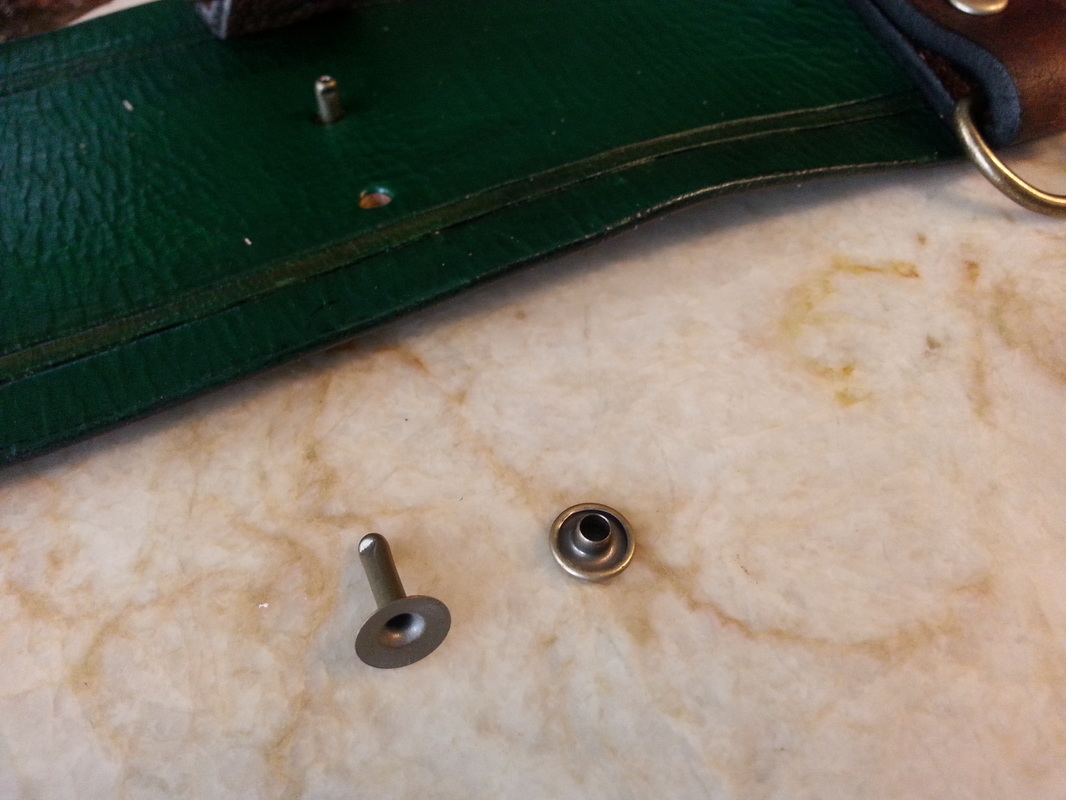
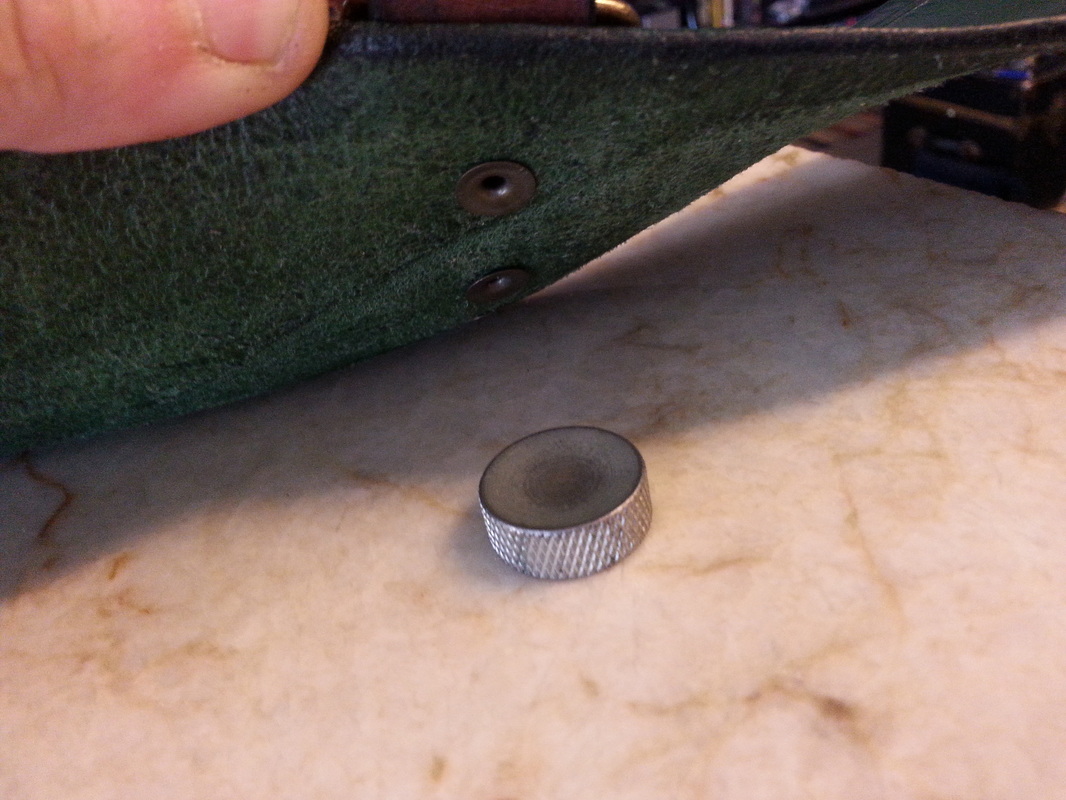
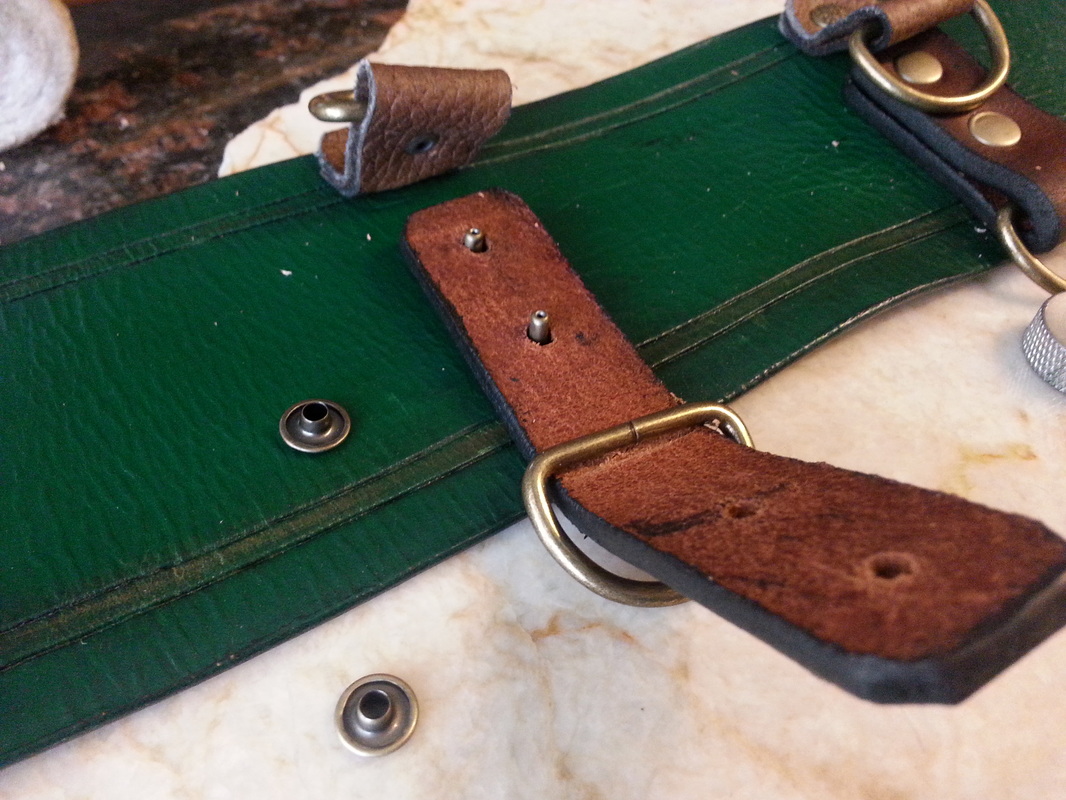
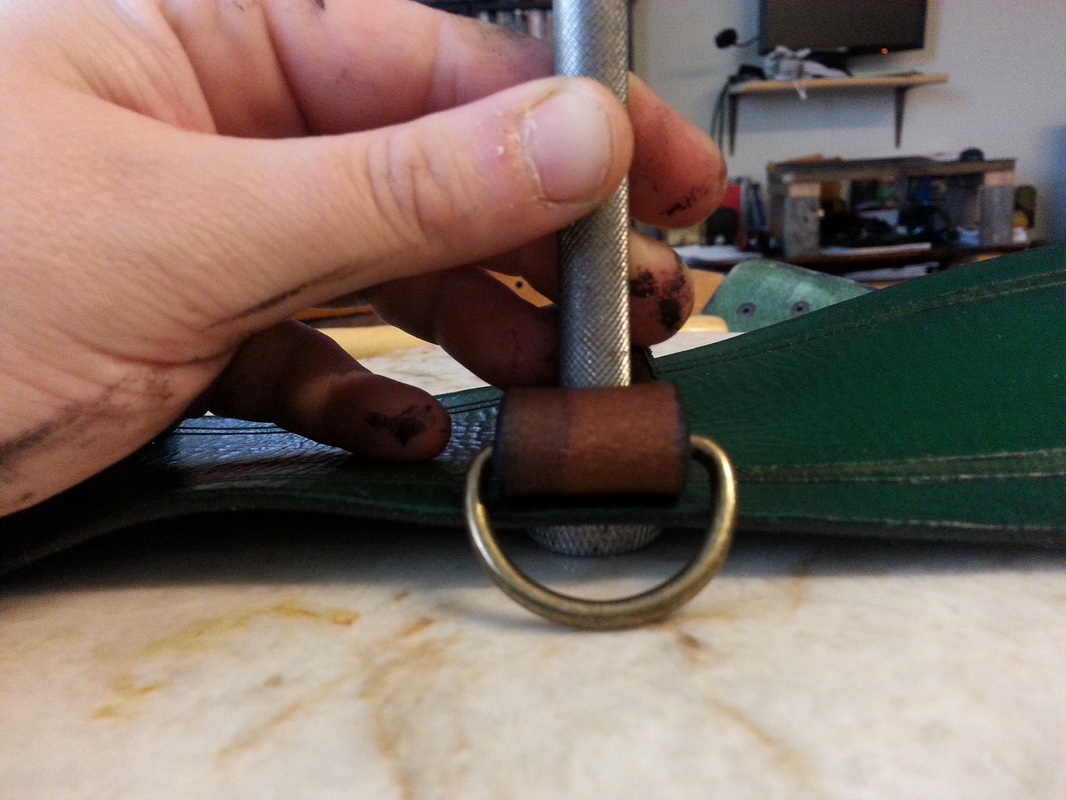
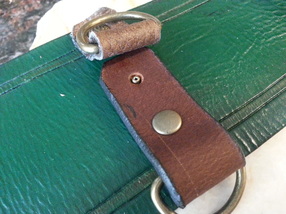
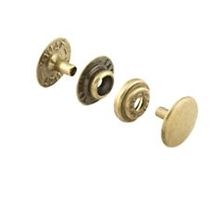
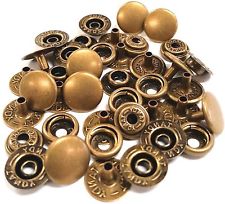


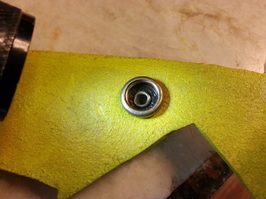
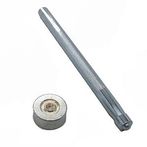
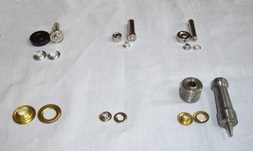
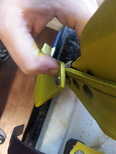
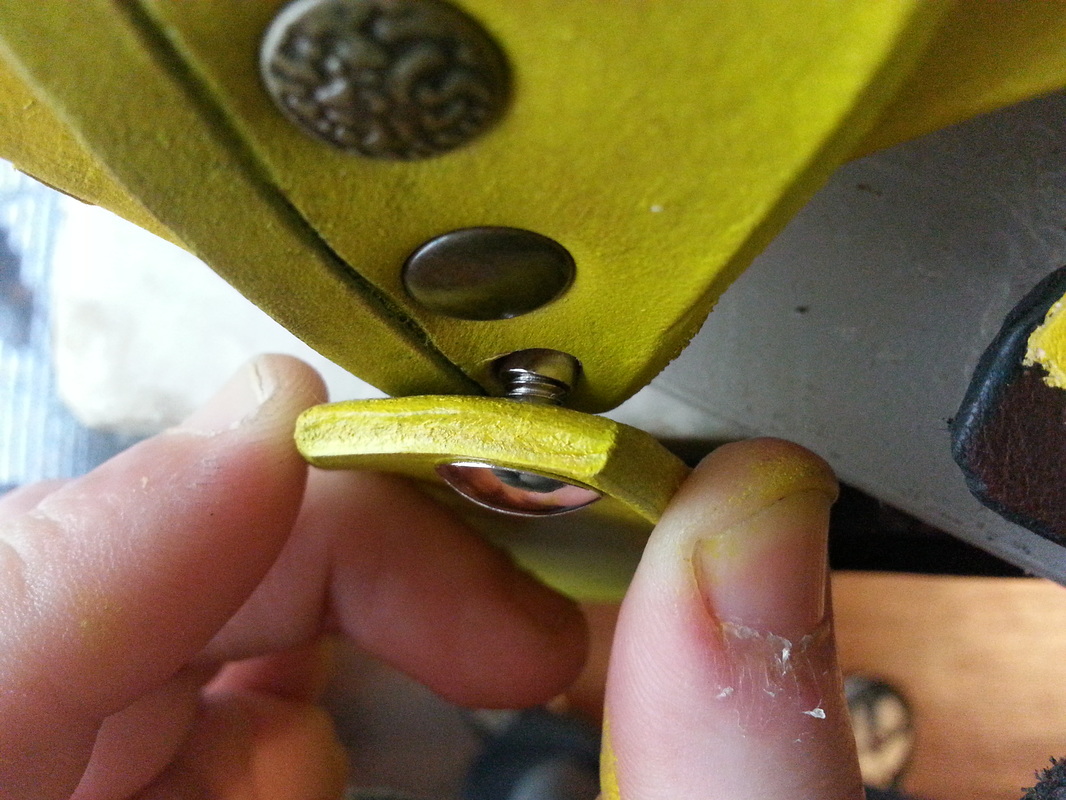
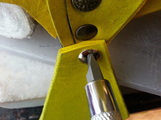
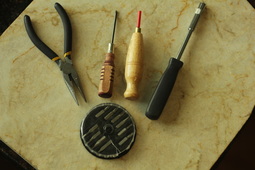

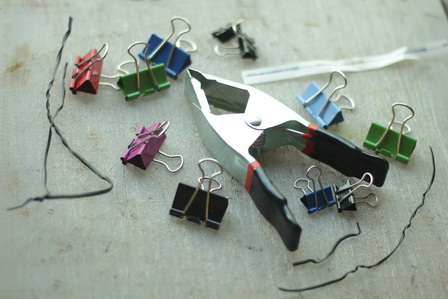
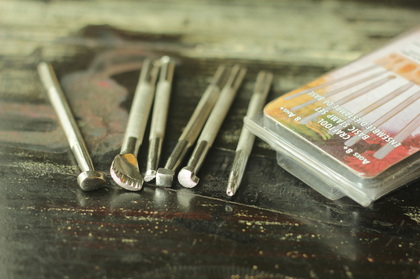
 RSS Feed
RSS Feed
